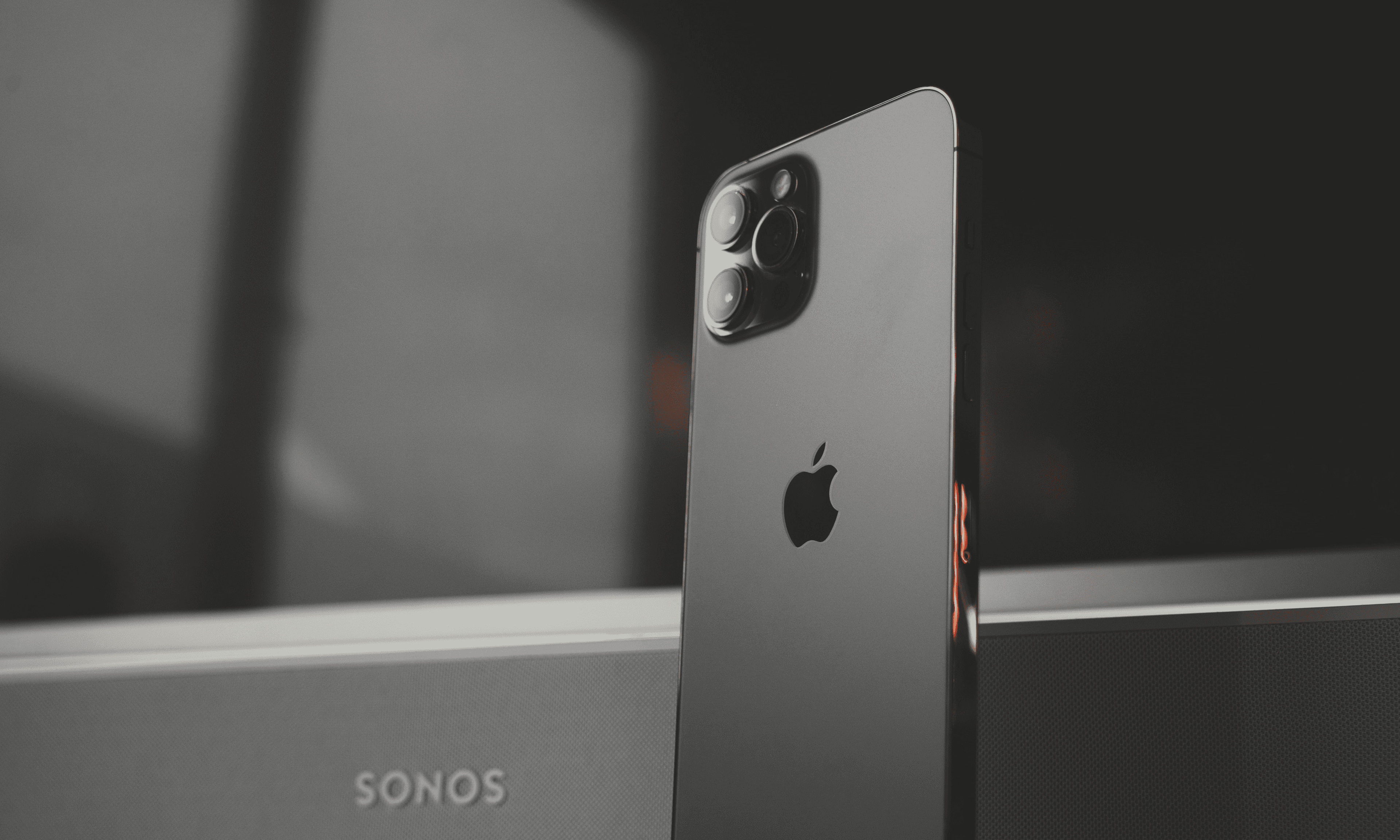Gallium Nitride is on track to replace silicon in electronics. Let's discuss its benefits and application methods in smartphones.

Written by Antonia, Head of Marketing | Consumer Electronics and Money-Saving
Last updated on 17 December 2025

You might not be familiar with GaN or gallium nitride yet, but it’s carving its way into consumer tech at rapid speeds now, even though it’s taken a while as the research of this material started in the early 90s. Before we dive into explaining the benefits and applications of GaN in consumer tech, let’s get the basics out of the way first.
Gallium nitride (GaN) is a crystal-like compound made of gallium and nitrogen with semiconductor properties and a high “band-gap”, meaning the material passes the energy through much easier. It’s currently being used in the production of light-emitting diodes, amplifiers, transistors, and more recently in phone chargers. You may have heard of silicon being used as a semiconductor in smartphones and other electronics, but GaN is much more efficient and is on track to replace silicon.
Over the years, the potential of silicon and technology advancement has been reached and we’re now at the point where silicon transistors are as good as they’ll probably get to match our growing demand for high performance. We’ve all seen TVs, smartphones and other gadgets getting slimmer, smaller and more powerful year after year, and overheating is one of the main drawbacks of trying to fit too much power into something so compact. Remember Apple’s unreleased AirPower wireless charging mat for multiple devices? It was announced as an ultimate wireless charger which can charge your smartphone, headphones and smartwatch at the same time. However, the trouble with this would be overheating and the related dangers to users like what happened previously with the Galaxy Note 7.
On the other hand, gallium nitride can comply with safety standards and maintain its performance thanks to its main ability to produce less heat, which means components inside a charger or a smartphone can be positioned closer to each other without sacrificing the performance, but instead improving it. In fact, gallium nitride is able to conduct electrons 1000 times more efficiently than silicon, meaning that components within chargers or smartphones made of GaN can transport energy faster than silicon, delivering better processing power while generating less heat.
The brain of the smartphone is the chipset which consists of billions of transistors. In fact, Apple’s latest A13 bionic has 8.5 billion of them and they can all fit on your fingernail. Apple’s latest SoC inside the iPhone 12 series is faster and better than the last generation, and it was made with custom silicon. If GaN elements were used in smartphone chipsets, it would mean that transistors could be positioned even closer to each other, meaning even more power that takes less space inside the smartphone and processing work completed even faster.
The same situation is happening with chargers. Anker and Belkin have been selling GaN chargers for some time now and while they haven’t really picked up yet, this will soon change. During their recent Mi 11 unveiling event, Xiaomi announced that the phone will come with a 55W GaN charger in the box. The charger itself is smaller and delivers faster charging speeds. Who wouldn’t want that?
The advertised reason for Apple’s decision to stop shipping iPhones with chargers was to reduce packaging, so more iPhone boxes could be transported at the same time which will make the production and transportation more carbon efficient. However, it’s not all about the environment itself, and it would be much more eco-conscious to improve the chargers so that they can deliver cooler, more efficient fast charging, be compatible with more devices and take up even less space inside the retail box than traditional charger bricks.
GaN technology can also solve various issues with 5G stations. Gallium nitride’s high mobility of electrons paired with its heat dissipation properties compared to silicon make it an incredibly suitable material to advance the efficiency of high-frequency mmWave 5G technology.
You might be thinking what took so long to start using this wonder material in the production of every piece of electronics. The answer is simple- the cost. This is the main disadvantage of gallium nitride at the moment compared to silicon. However, the research is making GaN technology more affordable every day, and the market is becoming more familiar with the material. It won’t be long until we see the first flagship with GaN system on a chip.
Read more: Best Budget Smartphones: Our Top Picks

The iPhone used to define innovation. Now every new model feels the same. Is Apple’s story running out of pages?

See which Apple, Samsung and Google phones hold their value best over the first and second year on the market.
With Pixels becoming a decent contender for your upgrade choice, we’ve crunched the numbers to reveal depreciation patterns of Google Pixel phones.